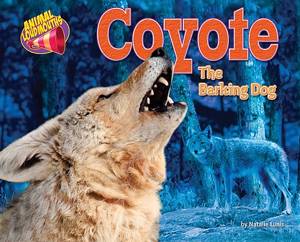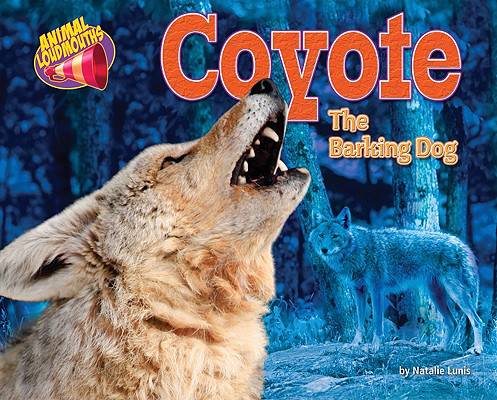
- Afhalen na 1 uur in een winkel met voorraad
- Gratis thuislevering in België vanaf € 30
- Ruim aanbod met 7 miljoen producten
- Afhalen na 1 uur in een winkel met voorraad
- Gratis thuislevering in België vanaf € 30
- Ruim aanbod met 7 miljoen producten
Zoeken
Omschrijving
A single coyote's howl measures around 90 decibels--about as loud as a gas-powered lawn mower. That's pretty noisy, but when a pack of coyotes howl together they can sound louder than the sum of their individual parts! Coyotes can change the sounds they make by altering the pitch of their voice and the loudness of their howling. By playing with sound in this way, one small family of coyotes can make itself seem bigger and tougher than it is, which helps the coyotes protect their territory. These are just some of the interesting facts that kids will discover as they learn about the howls, growls, and snarls of these animal loudmouths. Fabulous photos and clear, easy-to-read text will engage emergent readers as they come face-to-face with these noisy animals. In addition, children discover where coyotes live, how they stay safe, and the different ways their sounds help them communicate with each other--and tell other coyotes to stay away! A "Sound Check" chart at the end of the book compares the decibel level of a coyote to familiar noises, including an airplane, an ambulance, and a train engine.
Specificaties
Betrokkenen
- Auteur(s):
- Uitgeverij:
Inhoud
- Aantal bladzijden:
- 24
- Taal:
- Engels
- Reeks:
Eigenschappen
- Productcode (EAN):
- 9781617722790
- Verschijningsdatum:
- 1/08/2011
- Uitvoering:
- Hardcover
- Formaat:
- Bibliotheekbinding
- Afmetingen:
- 206 mm x 259 mm
- Gewicht:
- 272 g

Alleen bij Standaard Boekhandel
+ 92 punten op je klantenkaart van Standaard Boekhandel
Beoordelingen
We publiceren alleen reviews die voldoen aan de voorwaarden voor reviews. Bekijk onze voorwaarden voor reviews.











